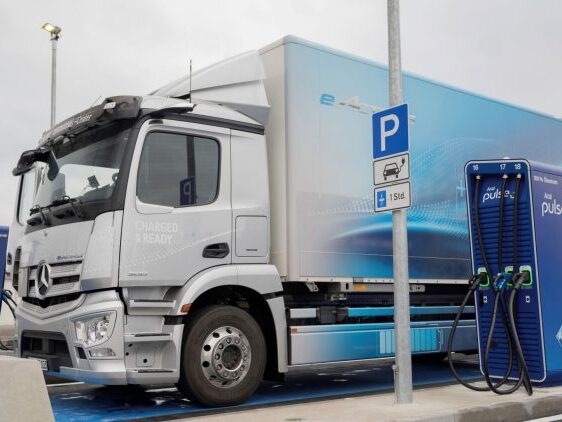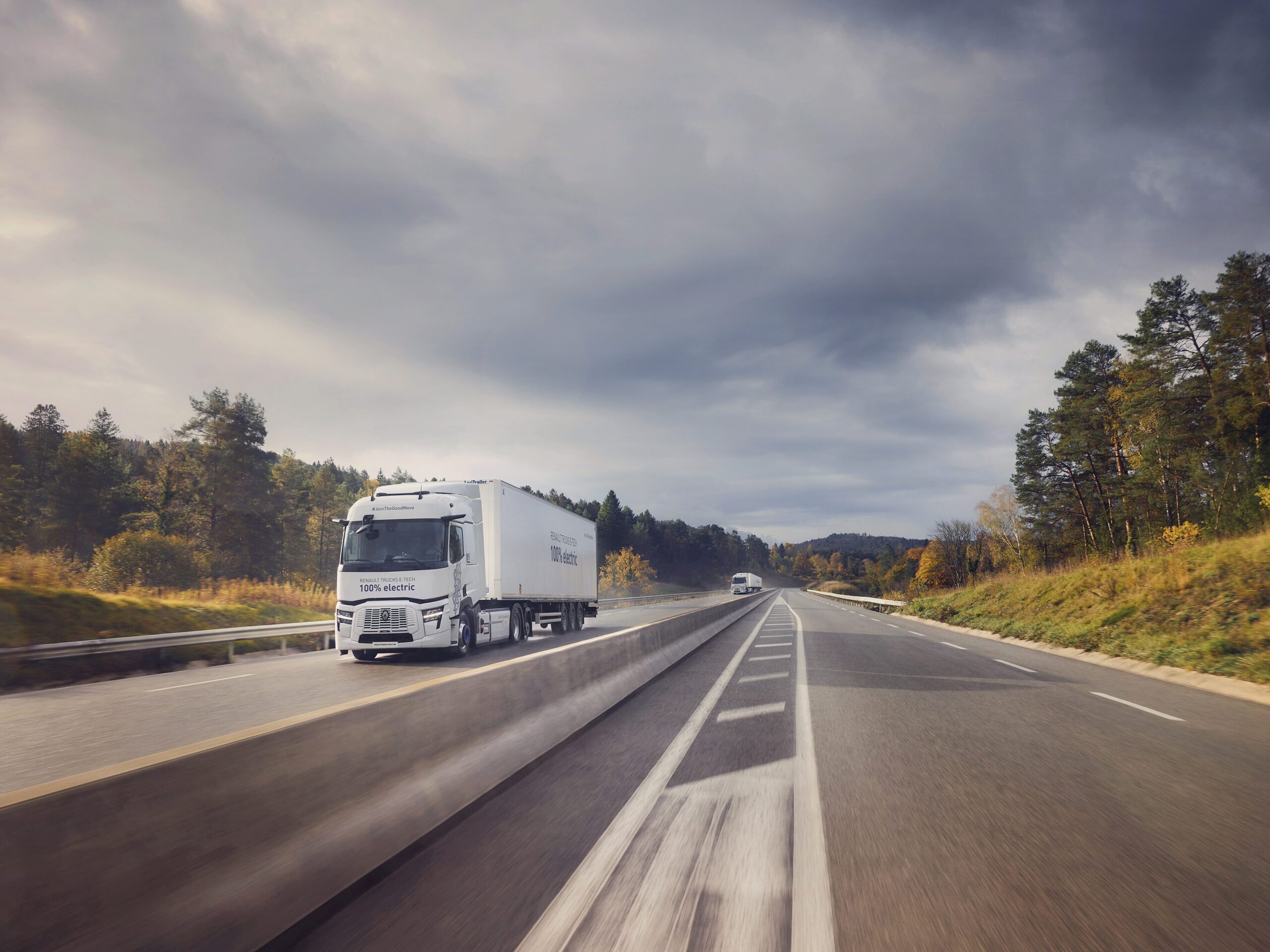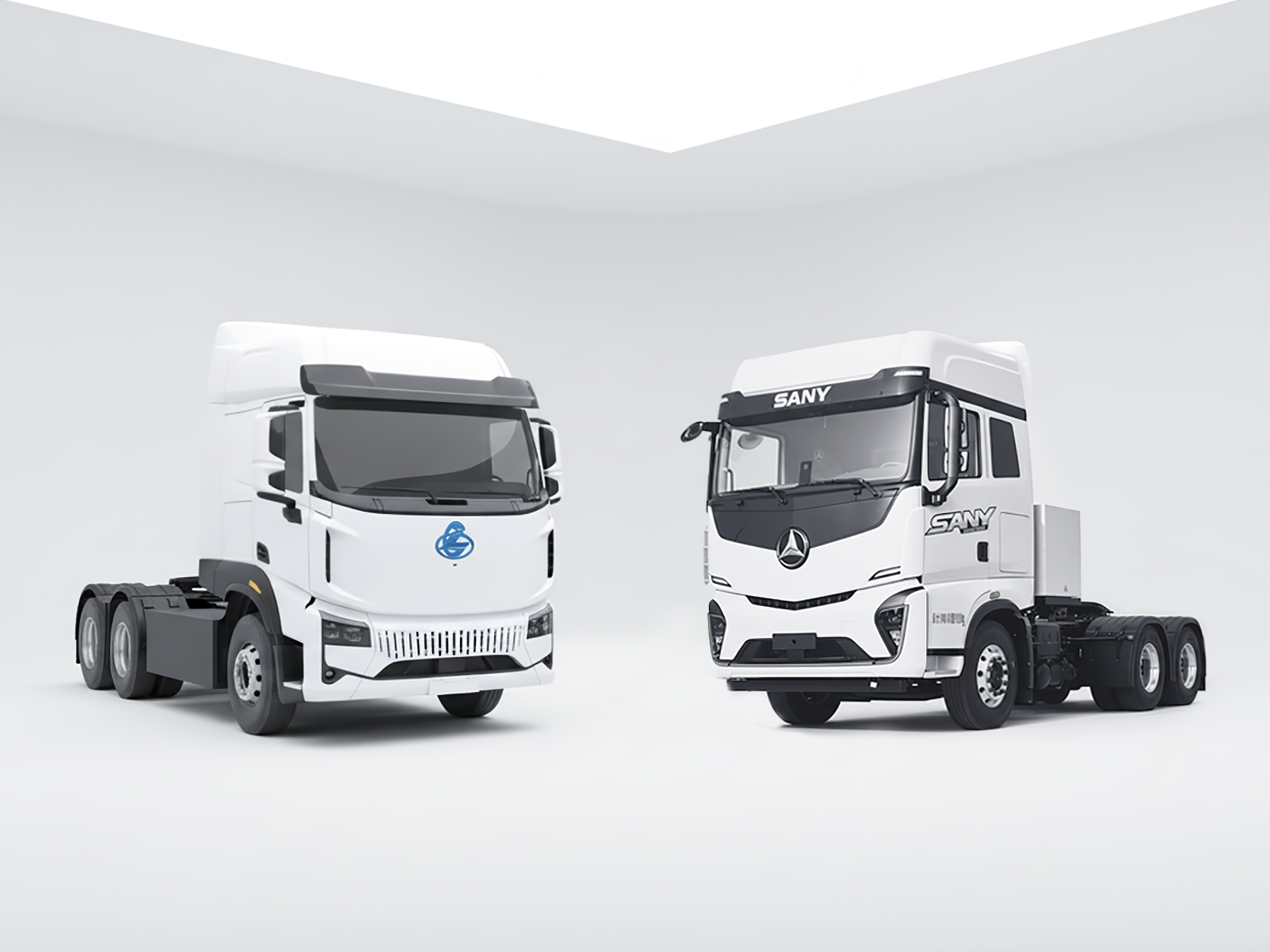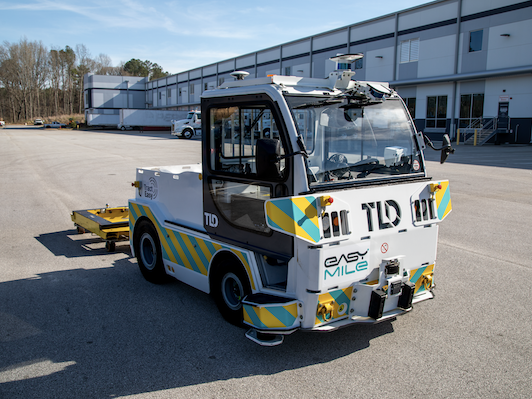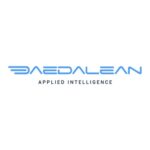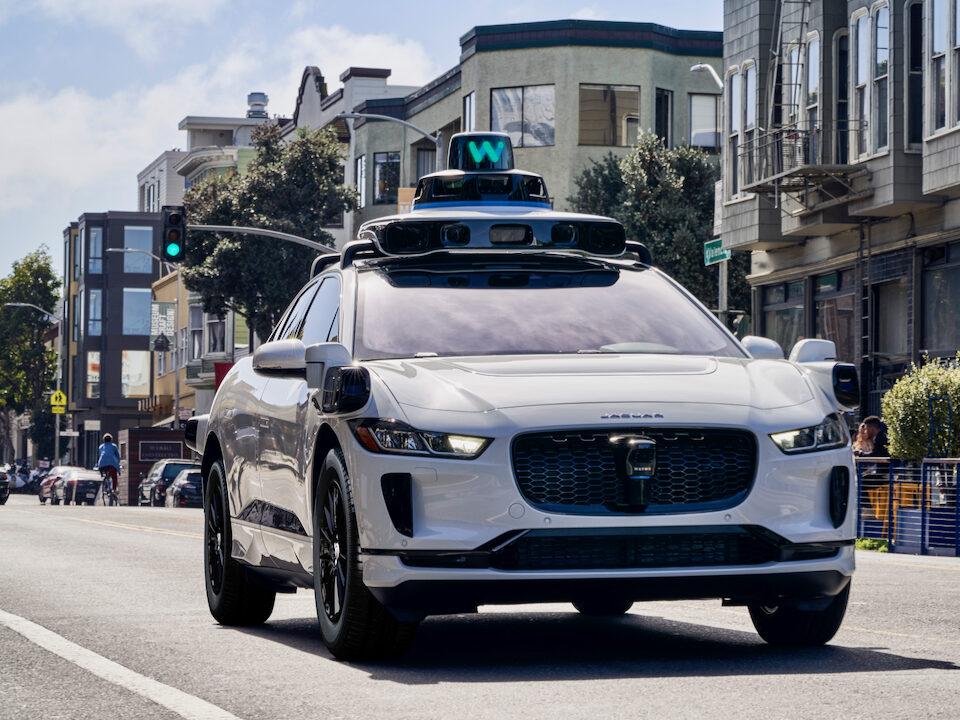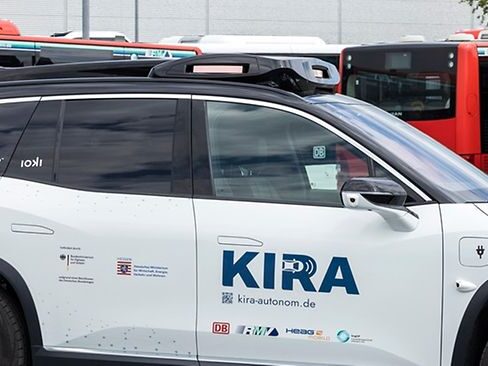Each year, AutoSens brings together leaders in autonomous vehicle technologies, with a particular focus on the advancement of passenger cars. However, this year’s North American edition, which took place in Detroit from 21-23 May, also acknowledged the trucking industry’s role in advancing the maturation and deployment of this technology.
To explore this topic, Dave Tokic, VP of Corporate Development at Torc Robotics delivered a keynote speech at AutoSens entitled “What can passenger vehicles learn from trucking?” Here, Tokic evaluated key considerations for automating both trucks and personal cars.

During his presentation, Tokic highlighted that globally, the freight trucking market is projected to reach a staggering 3.4 trillion USD by 2030. In the United States alone, trucks transport 11 billion tonnes of goods annually, and freight volumes are expected to increase by 26% by 2026 to meet rising consumer demands.
Despite this growth, the industry faces a critical shortage of drivers, exacerbated by an ageing workforce. This scenario positions trucking as a pivotal sector for the adoption of autonomous technology.

Autonomous trucking offers several advantages over traditional methods. For example, driver hour restrictions and human needs currently limit the operational efficiency of trucking fleets. Autonomous trucks, however, can operate continuously without the need for breaks, thus optimising fleet utilisation.
What’s more, the trucking industry arguably faces less barriers that personal cars in realising the benefits of this technology. This includes the financial viability of deploying autonomous technologies, as well as fewer operational complexities.
Financial Viability
AutoSens provided insight into current challenges and considerations faced across the automotive supply chain, including by OEMs and Tier 1 suppliers.
For example, during a panel discussion, Håkan Sivencrona, Senior Technical Leader of AD/ADAS Safety at Volvo discussed the need for automotive OEMs to manage rising costs while rolling out safe and reliable autonomous technologies. In order to produce and sell these vehicles at scale, automakers must have confidence that customers are willing to pay a significant premium upfront for autonomous features.
In comparison, it is easier for trucking companies to directly calculate their return on investment (ROI) based on the revenue generated from transporting goods. Such disparity consequently makes the trucking industry an ideal testing ground for autonomy due to its clear and measurable financial benefits.
Operational Complexities
Hub-to-hub long-haul routes arguably represent the optimal use case for autonomous trucking, as these routes are less complex than urban environments, where autonomous passenger cars and robotaxis must navigate intricate traffic patterns and pedestrian interactions.
At AutoSens, Tokic indicated that 10% of US highways carry 80% of the nation’s goods, making these routes ideal for the deployment of autonomous trucks. Furthermore, the consistent and predictable nature of long-haul trucking, where routes are planned in advance, makes it a more practical endeavour for early autonomy compared to the complexities of city driving.
Safety and Technological Requirements
Although trucks may face fewer environmental complexities than autonomous cars, the technological developments required for safe operations are far from simplified.
In fact, Tokic explained that autonomous trucks need to be equipped with advanced sensors that provide a longer range and a wider field of view to account for the longer stopping distances and slower acceleration of trucks compared to passenger cars.
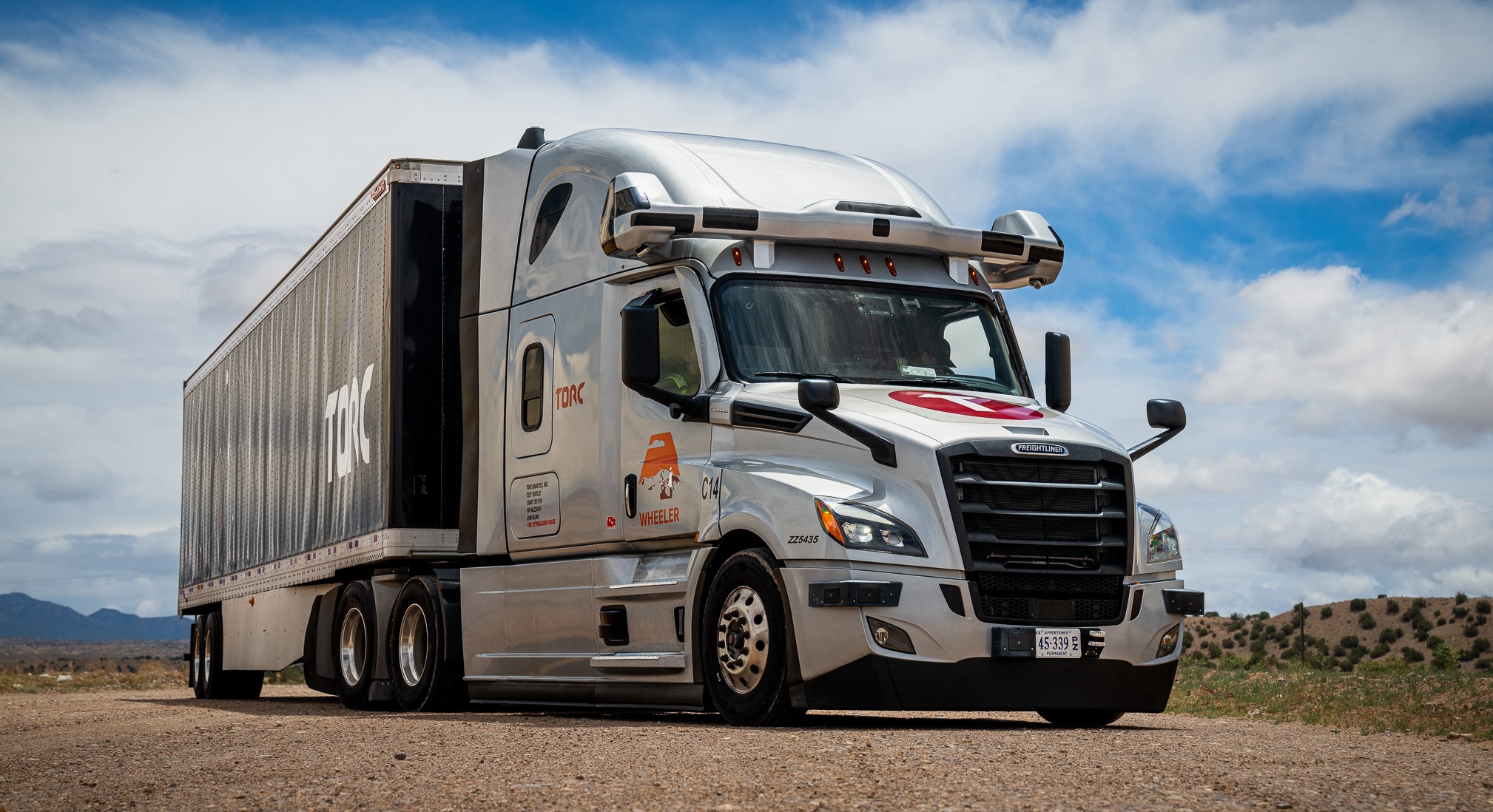
Torc, a subsidiary of Daimler Truck, is at the forefront of commercialising Level 4 autonomous long-haul trucks to offer virtual driver services. The technology stack for its autonomous trucks includes a combination of cameras, LiDAR, and radar to ensure comprehensive situational awareness. Additionally, high-definition maps and other inputs are crucial for mission planning and execution. For instance, these systems need to account for weather conditions hundreds of miles ahead to ensure the safe and timely delivery of freight.
The trucking industry is therefore developing advanced sensor technologies and sophisticated planning systems. Here, the emphasis on safety, robust sensor suites, and advanced planning and prediction models in trucking can inform the development of similar systems for passenger cars.
Future Developments
The trucking industry’s approach to autonomy, with a focus on long-haul, hub-to-hub routes, provides a valuable framework for scaling up autonomous vehicle deployment. By initially focusing on less complex environments and gradually expanding capabilities, the lessons learned from trucking can accelerate the adoption of autonomous technology across the entire transportation sector.
The trucking industry therefore plays a crucial role in advancing autonomous vehicle technology. Its unique economic model, operational requirements, and focus on safety and reliability provide a robust foundation for the broader application of autonomous systems. As the industry continues to evolve, the insights gained from trucking will arguably be instrumental in shaping the future of autonomous passenger vehicles, as demonstrated at this year’s AutoSens event.



